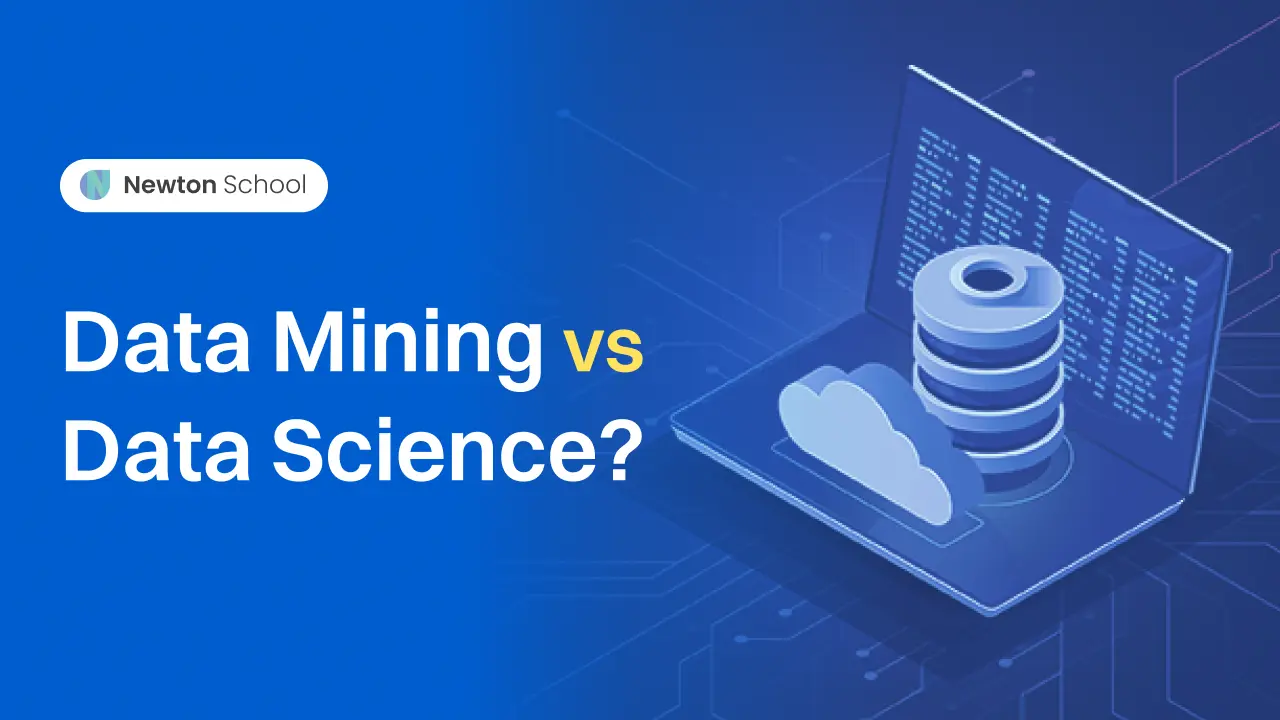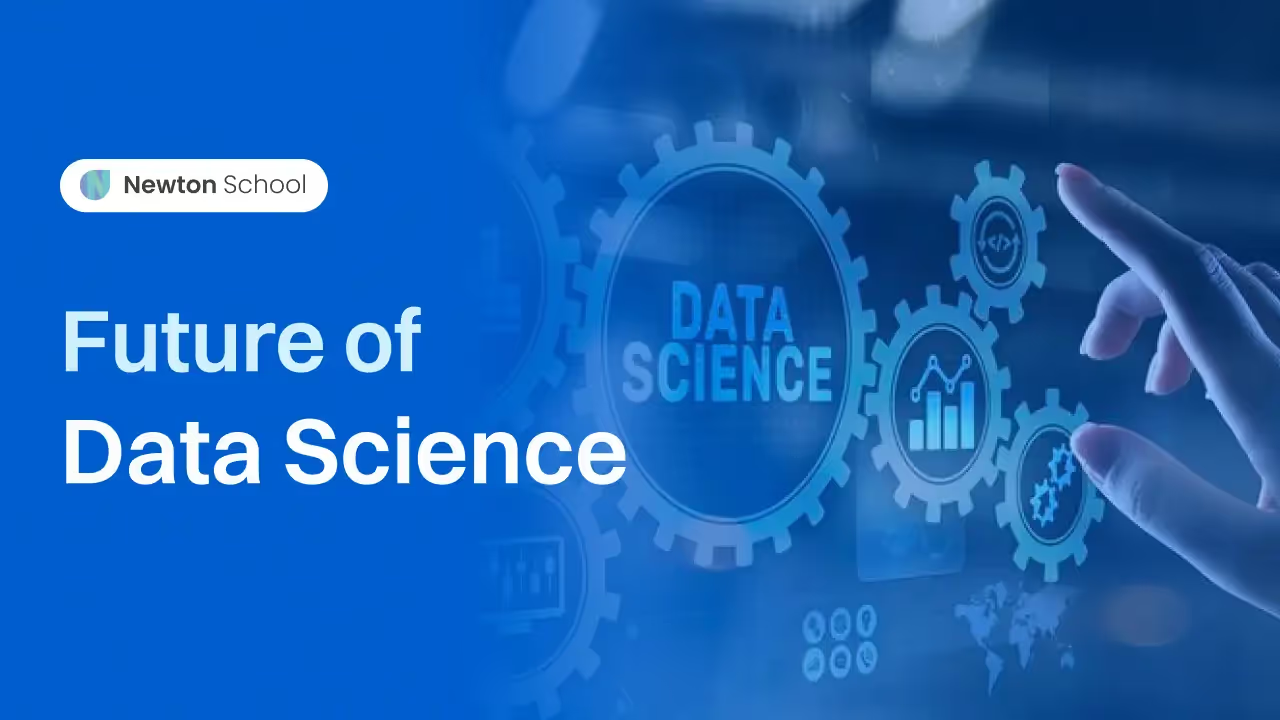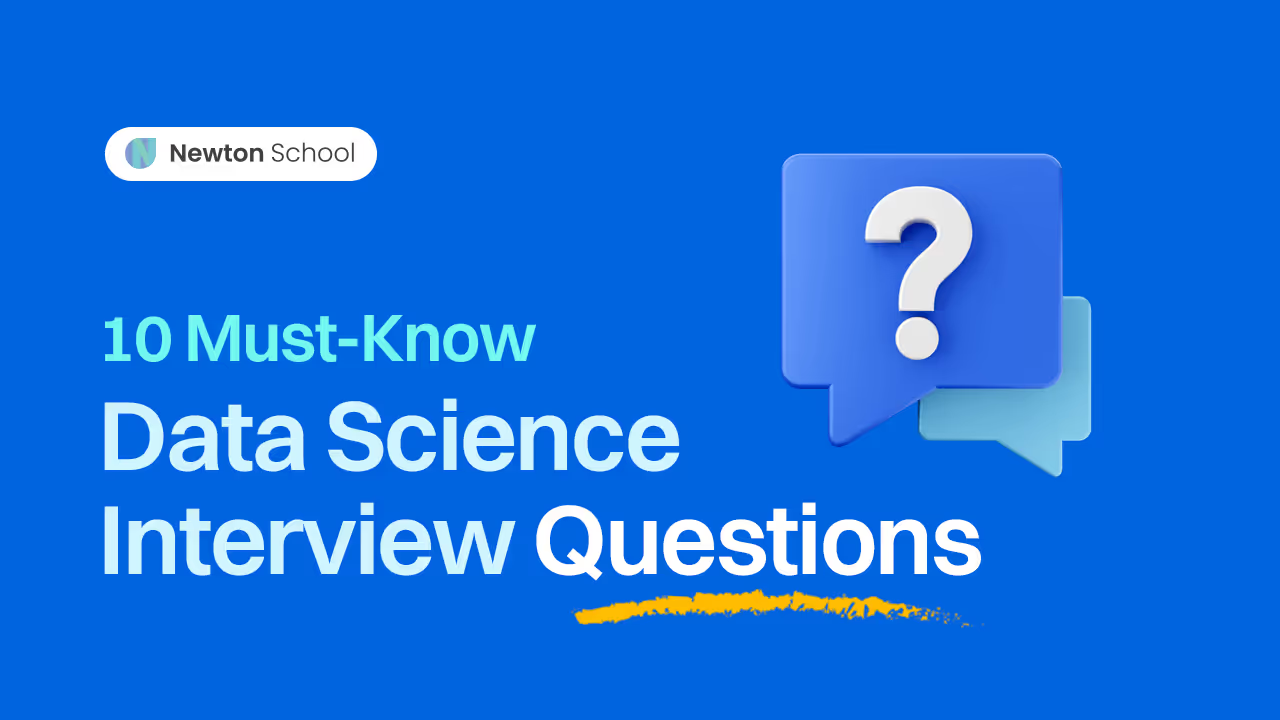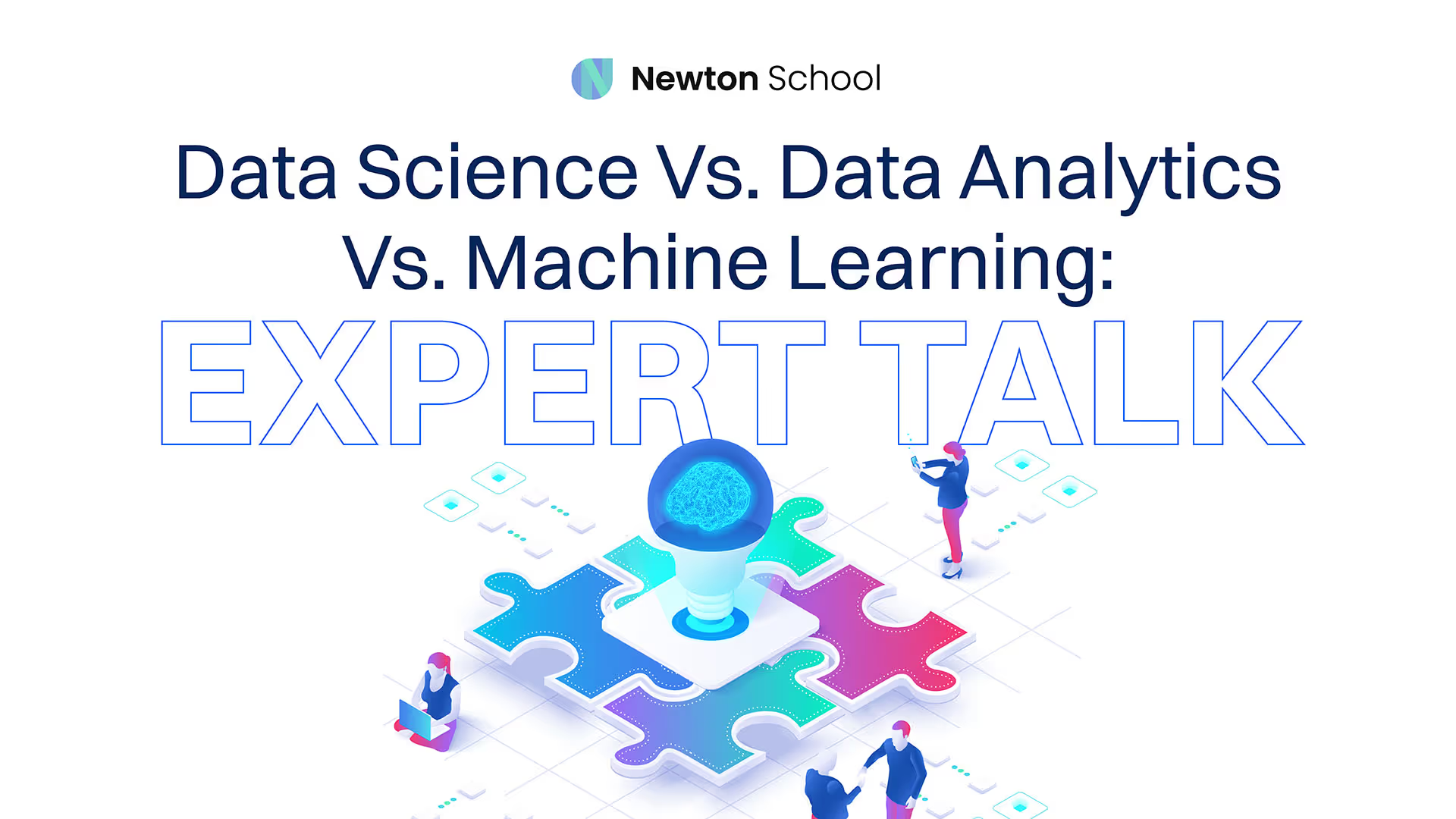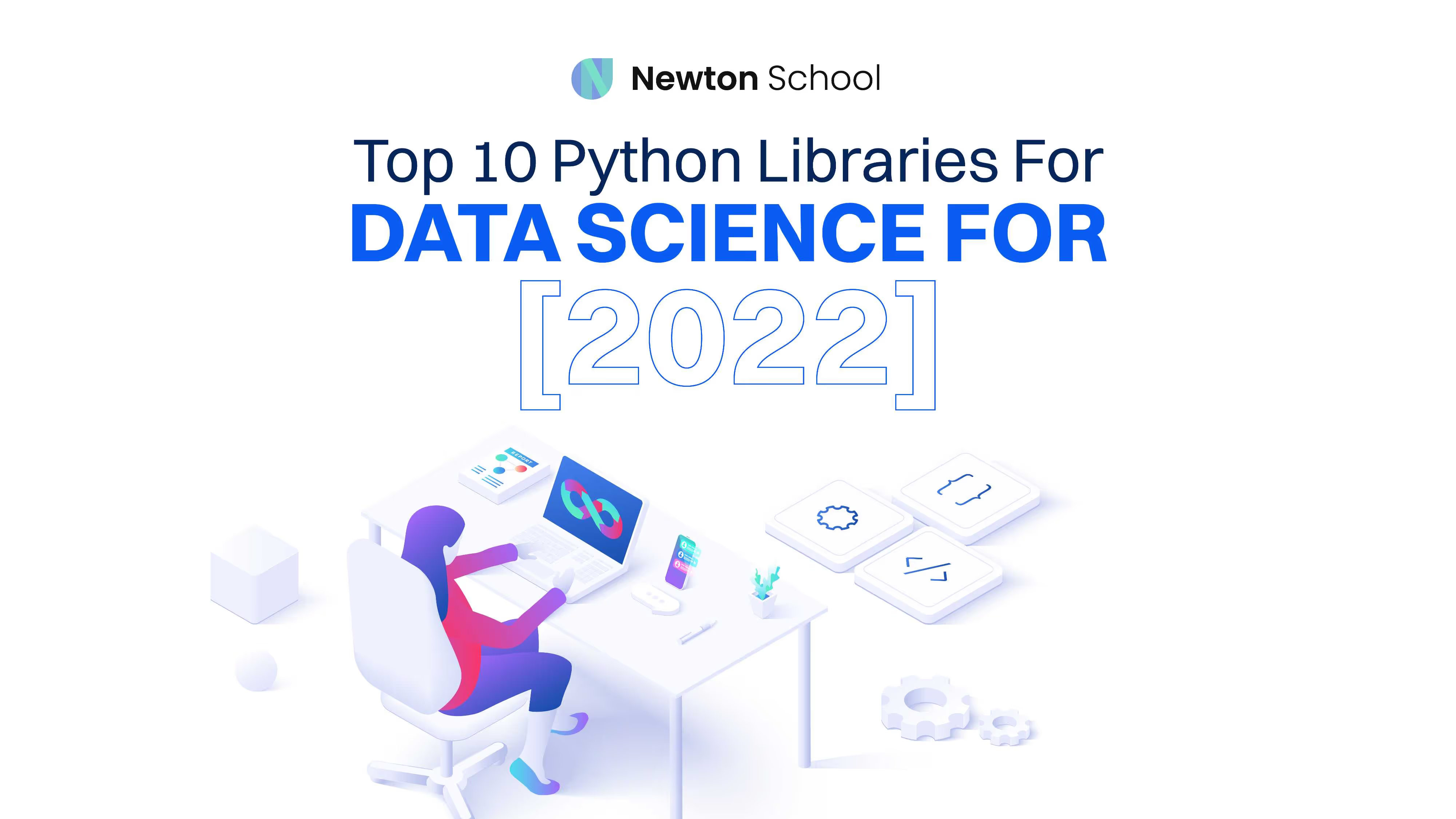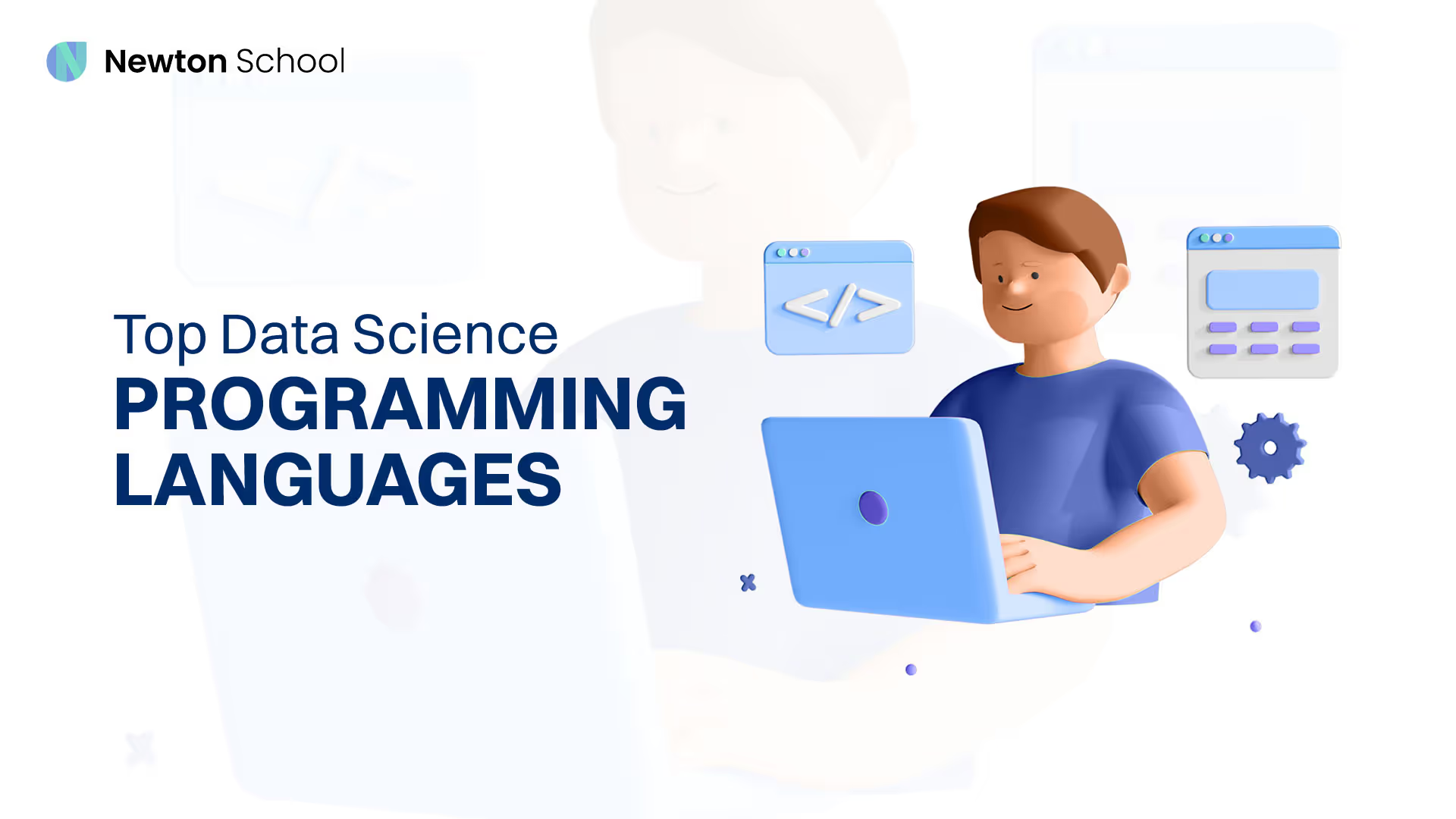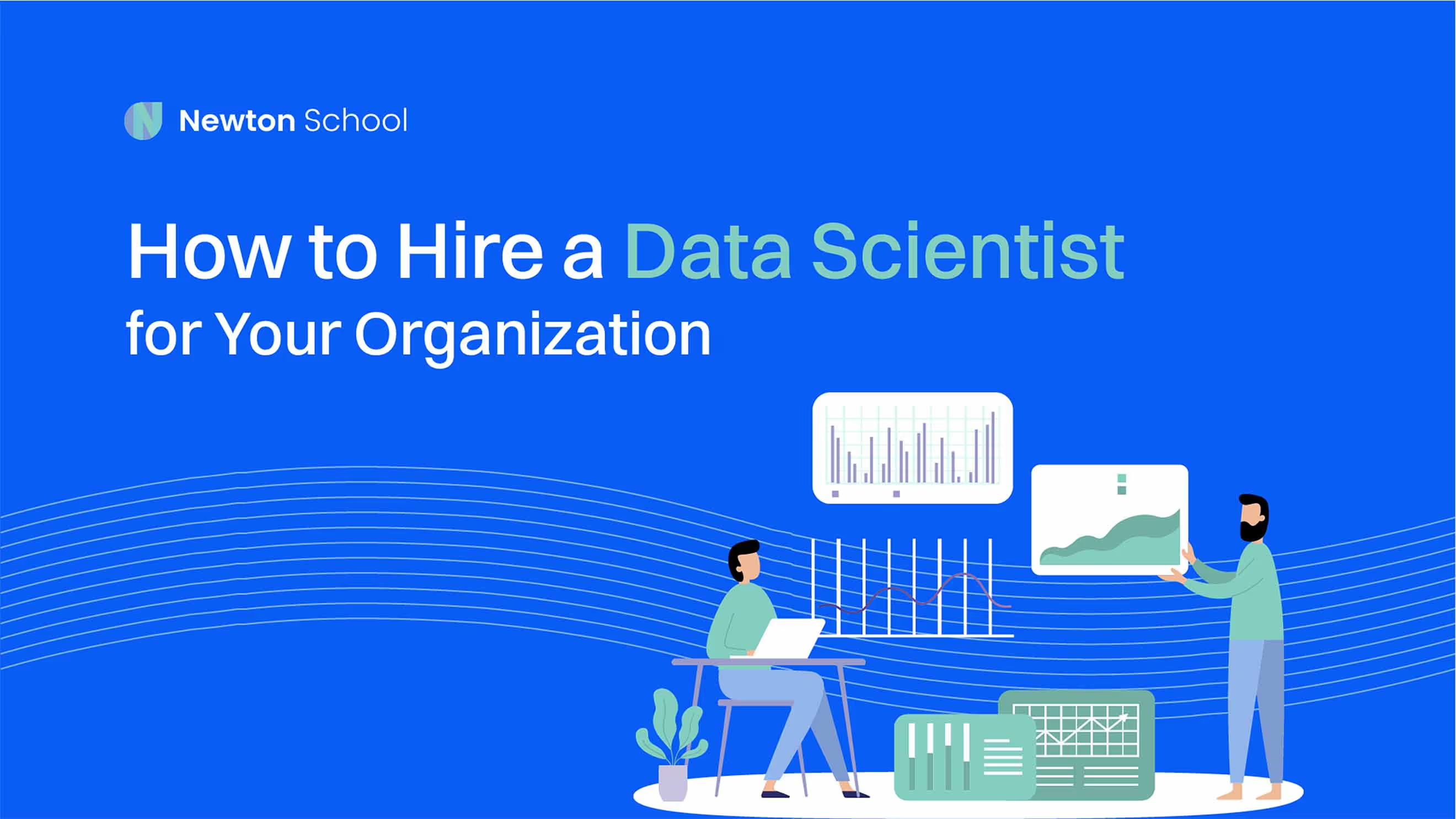
Are you exploring the idea of a data fabric implementation? Please go through our complete guide to make an informed decision.
Introduction
Data fabric might sound like the latest buzzword in the enterprise technology world, but in our opinion, it deserves all the attention it has been getting and more. The sheer complexity of an organization's data is on a steady increase. Your company's success depends on how well you manage, access, and analyze this data.
If you ask a room full of people the definition of data fabric, you are bound to receive multiple different answers. Data fabric is a new method of processing information that relies on a distributed network architecture rather than traditional, isolated nodes. From the level of data sources to analytics, insight discovery, administration, and implementation, this provides an integrated data layer (fabric).
With so many conflicting opinions surrounding data governance, having the ability to empower self-service data analytics with appropriately scaled data governance has become mission critical. In doing so, the structural hurdles between managed data environments and genuine, enterprise-wide data-driven decision-making are removed.
If you are unfamiliar with data fabric and are looking for a one-stop guide to help you learn everything you need to know about data fabric and how it will affect your organization's future, we're here to help. Our article will be the only resource you need to understand data fabric technology and how you leverage it to your advantage.
Data Fabric: A Brief Overview
Suppose you are a business leader with a strong focus on developing a data-driven approach for every aspect of your operations. In that case, you will inevitably encounter a frustrating reality: your enterprise data infrastructure can't keep up with the growing number of data-intensive tasks. There is too much data of too many types stored in too many data silos for beneficial data transformation to be possible. Gaining insights out of a situation like this requires expertise; even then, you can't be sure of the accuracy of what you find. It is precisely this issue that data fabric aims to address.
Data fabrics are architectural solutions to simplifying data access organization-wide to enable self-service data consumption. This architectural design incorporates end-to-end data management functionalities while remaining neutral toward data environments, processes, usage, and location. By making the correct data available at the right time, regardless of location, a data fabric helps businesses significantly increase the value they can get out of their data.
To get an accurate estimate of how data fabrics are changing the landscape, you may look at the growth of the data fabrics industry. At a CAGR of 26.3% between 2020 and 2026, the total value of the data fabric market is expected to increase from $1 billion to $4.2 billion. The adoption of data fabric software and services is anticipated to be driven by various factors, including the rising volume and breadth of data, the ever-expanding need for organisational capabilities and connectivity, and the growing preference for real-time analytics.
Benefits of Data Fabric Architecture
Try to incorporate every new technology into your business just for the sake of it. You will go out of business faster than the piece of technology seems exciting to the rest of the industry. While data fabric architecture is here to stay, it is essential to consider your business goals and look at them from a value-addition point of view.
Suppose you have expanded data capabilities in the past by implementing silo-based tools, platforms, and systems at the departmental and team levels. In that case, you may find the idea of data fabric particularly useful. Since data fabric technology's primary goal is to democratise data access inside an organisation, it functions as a unified architecture with suitable technologies and services. It is built from the ground up to provide a more prosperous and integrated data experience. Significant company benefits might result from adopting this strategy to simplify and standardize data management procedures. Some of those benefits are:
- The democratisation of data within an organisation
You must have observed that business users are starting to manage data and analytics systems alone. They need access to self-service data solutions that can eliminate the need for engineering and data science teams for insights. This democratisation of data can only happen if the business users in question possess the appropriate data literacy to develop insights or reports and, more importantly, if the proper infrastructure exists so that they do not need to rely on data or tech teams to "mine" for the correct data from the apt repository. With the democratisation of data, you can promote agility and data accountability on an organisational level.
- Elimination of data silos
Data silos have been a worry for most organisations since they force you to leave productivity and growth on the table to prioritise efficiency. Data silos are data groups held in a separate, isolated area within an organisation. Keeping data segregated between departments can cause problems. Inconsistent data, data duplication, inadequate analytics, wasted storage, lower productivity, and an inflated cloud bill are all problems that can stagnate the growth of an organisation.
- Cost reduction
Open data architecture is more efficient than data silos. When efficiency rises, costs are bound to fall. Data fabric design delivers real-time analysis and accurate data, which simplifies information architecture and helps employees make precise decisions and analyses. If you consider the value of costs arising from incorrect decisions, data fabrics can save you quite a few dollars yearly.
- Improved decision making
A good decision requires quality data. If you're ignorant or lack critical knowledge, making business decisions will be difficult. Data fabric's complex data network, free access, and real-time analysis enable speedy and confident decision-making. Misuse of information or misinterpretation can cause tremendous devastation. Data fabric can significantly improve the time you take to make a decision.
Conclusion
With the increasing data collection, you must break down silos to make space for related businesses. The adoption of data fabric is a significant step in this direction and one of the most ground-breaking developments since relational databases, given that data fabric is more than just a tool or service. Integrating data and business processes means adopting a new architecture, a more systematic approach, and a new way of doing business. It is undoubtedly an influential part of the data infrastructure and management industries for its revolutionary improvements in data management and analytics. By utilising data fabrics, you can be further along on your way to making every business process data-driven.




